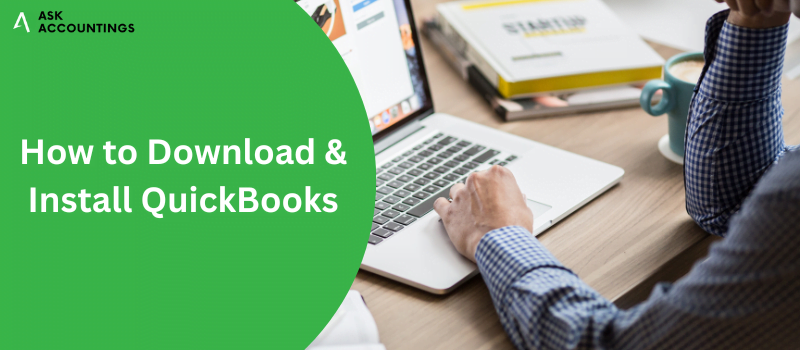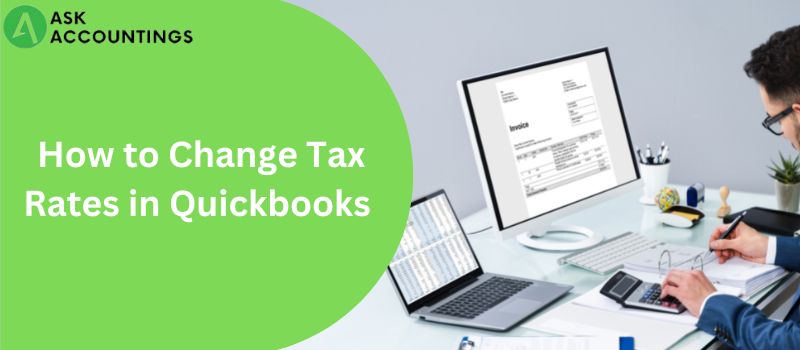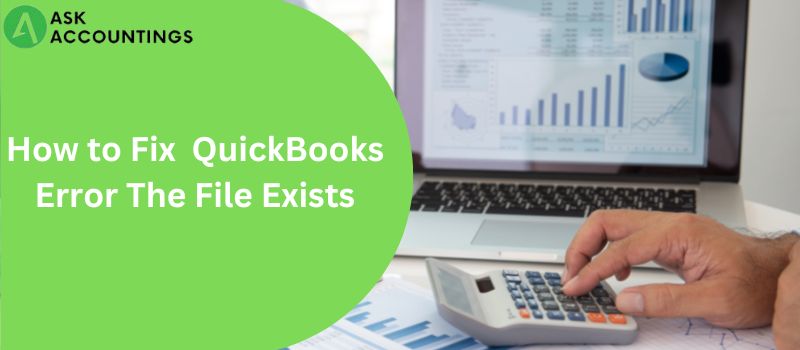In 2023, QuickBooks will be one of the most popular accounting software for small businesses. Whether you want to move away from manual bookkeeping, your spreadsheets have become a multiheaded hydra, or you simply need a better solution than your current software, QuickBooks can be a good alternative without breaking the bank. In this post, we’ll go through what QuickBooks is and how to record a cash withdrawal in QuickBooks Desktop. which may assist you in saving time and staying on top of your financial statements
What exactly is a cash withdrawal in QuickBooks?
A user may withdraw funds for a variety of reasons. These might be for personal or professional reasons. Nonetheless, the money may be entered into QuickBooks for proper bookkeeping. The amount, date of withdrawal, cause for withdrawal, and other information may be entered into the program.
Cash withdrawals might be difficult to recall unless they are recorded. QuickBooks users can benefit from knowing which withdrawals were made on a specific day by documenting them. Any cash withdrawals should be logged using your credit card or bank account. A petty cash account in accounting software can also be utilized for this purpose. This article will focus on teaching you how to record a cash withdrawal in QuickBooks. Withdrawals will include ATM cash withdrawals as well. Many ways will be used to accomplish this. These approaches are also relevant to QuickBooks Desktop.
How to Enter a Cash Withdrawal in QuickBooks Desktop
When the Lists option is accessible in QuickBooks Desktop, you may record your cash withdrawal. The Chart of Accounts is included in this menu. COA also has the Account option. It assists you in adding a new account if necessary. After doing so, you can add the cash to your freshly created Cash Account.
It should be noted that you do not have to create a new account in QBDT to record your cash withdrawal. You may add it immediately to an existing account.
- Initially, you’d need to open a petty cash account for your company.
- They create one Owner’s Draw account at the same time.
- Then you’d have to write a check to cover petty cash balances.
- Then keep track of your transactions.
To open a petty cash account, follow the instructions below.
- Chart of Accounts.
- Now go to the Accounts menu and select Create > Bank.
- Petty cash is the name you should give your freshly formed account.
- When finished, click Save and close.
Now you must construct an Owners sketch account List menu > Chart of Accounts.
- Now, go to Accounts > New > Equity > Proceed.
- As the owner’s draw account, enter the name.
- Hit the “Save” button.
Draft a Check to Borrow from Your Petty Cash
- Banking > Make a Payment.
- Choose the account you wish to use for withdrawals.
- If you’re using a petty cash account, go to Cash > Pay to the order.
- Click Account, which is located under the Costs tab.
- Now, pick petty cash and enter the amount you want to withdraw.
Now Keep track of your petty cash transactions.
- Go to the Banks tab and then write a check.
- Choose the Petty cash account option from the drop-down menu.
- Pay the order > Enter the name > Costs.
- Now, select Account > Choose the account from which you wish to fund your purchases.
- Input the amount and press the Save button.
- After you’ve completed entering your information, click Save.
Conclusion
When your cash withdrawals are recorded in QuickBooks software, remembering them becomes second nature. This record may be created by entering your account information into the program. You can enter the amount of the withdrawal in this account, and the information will be preserved for as long as you like. As you learned here, tracking withdrawals is also available in QuickBooks Desktop.



